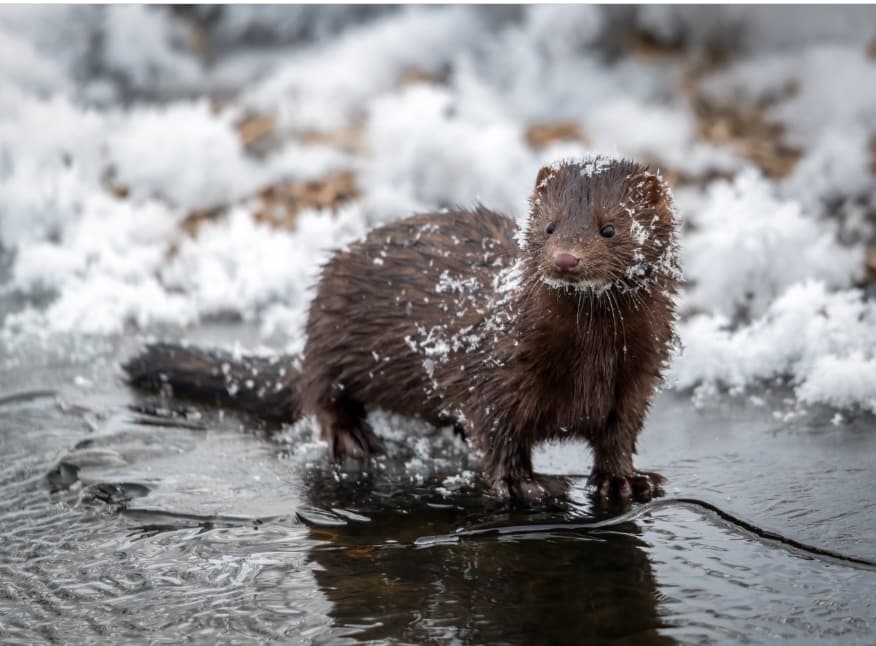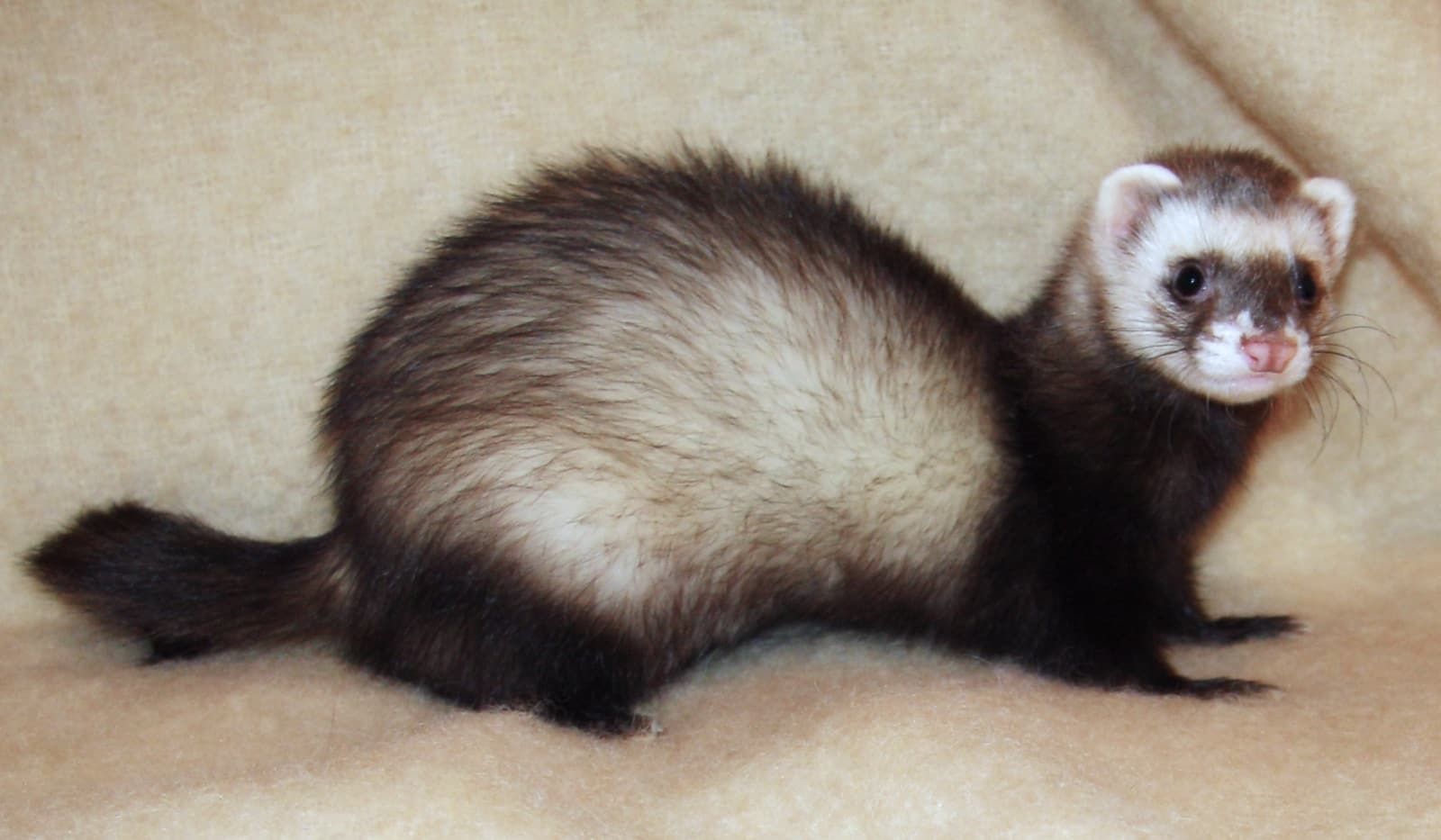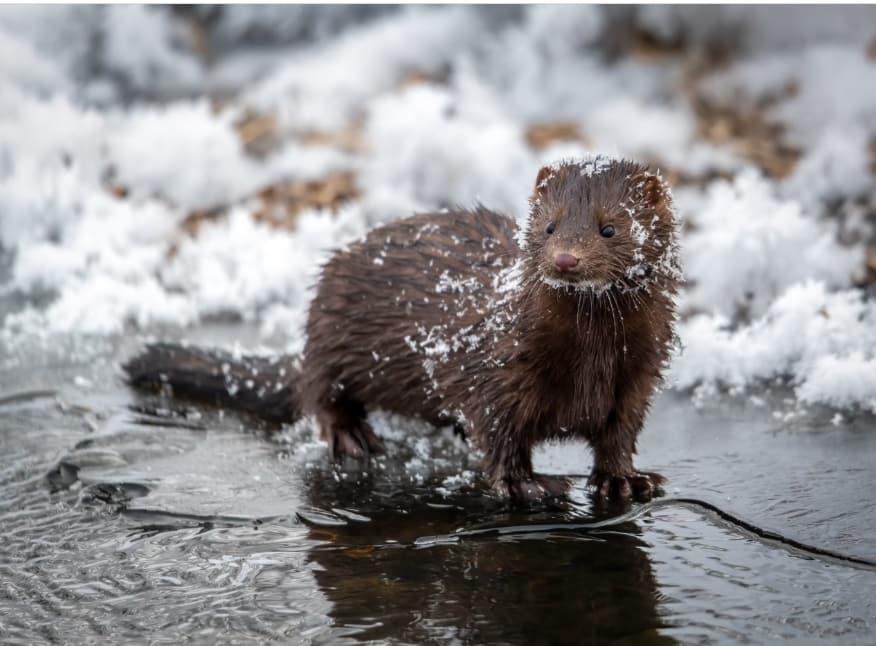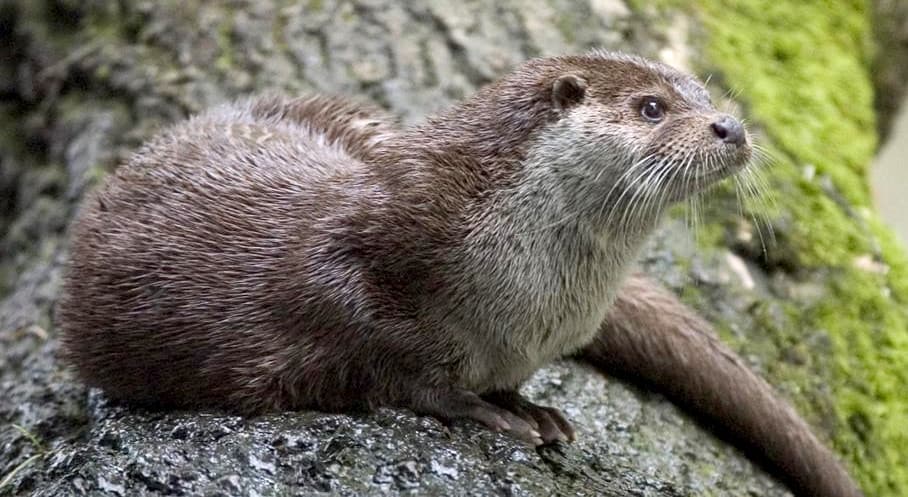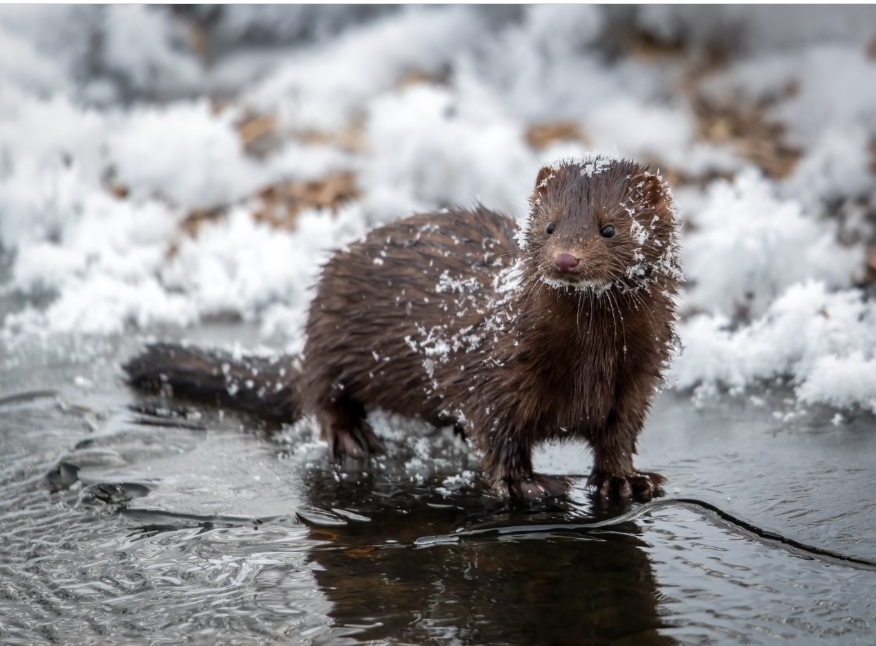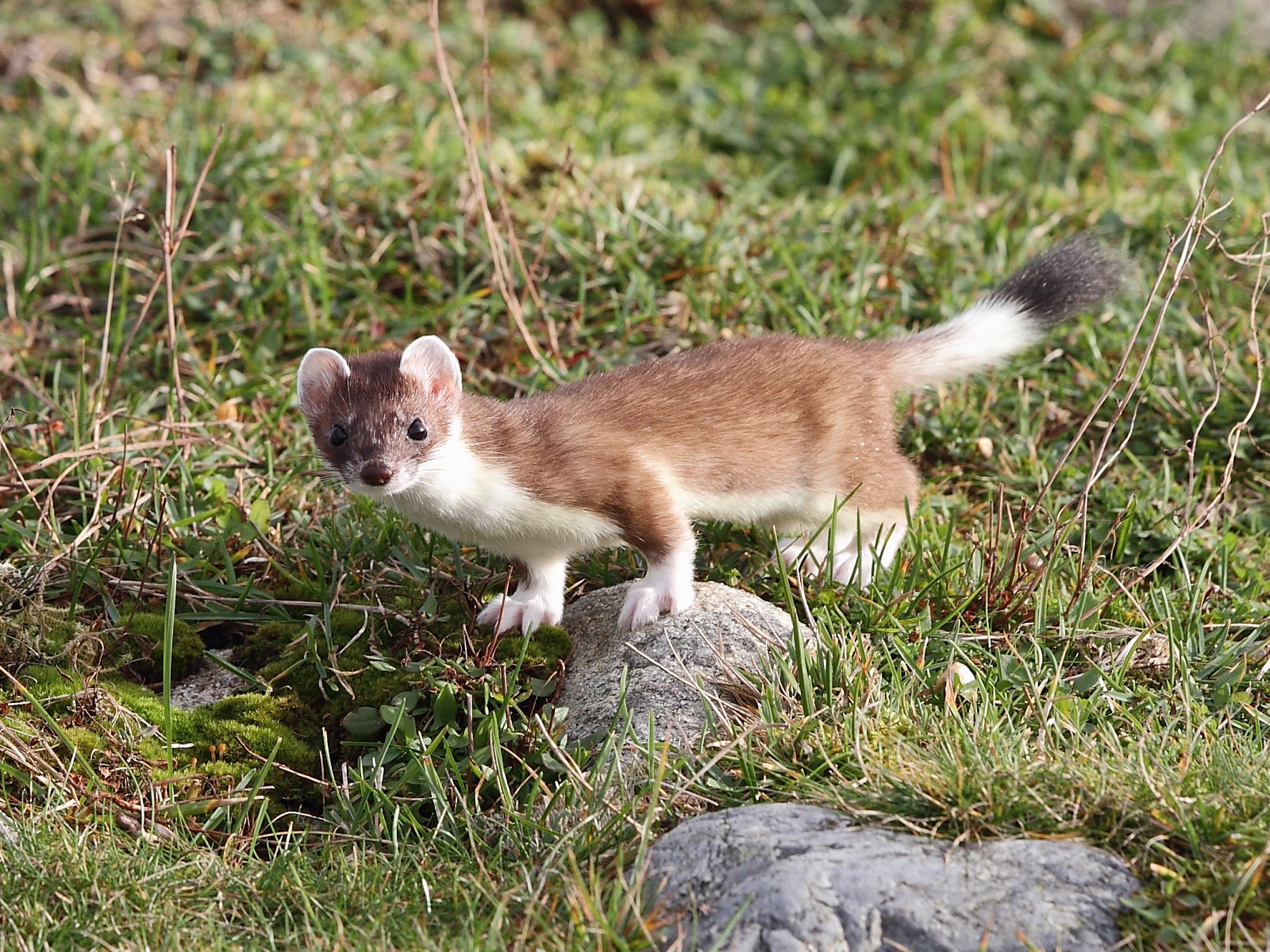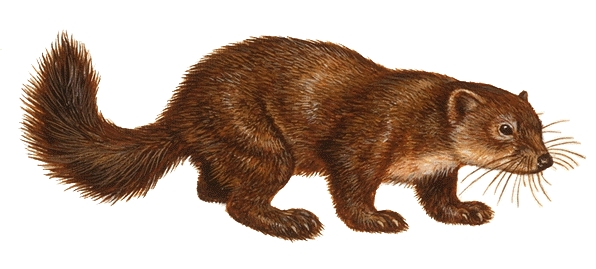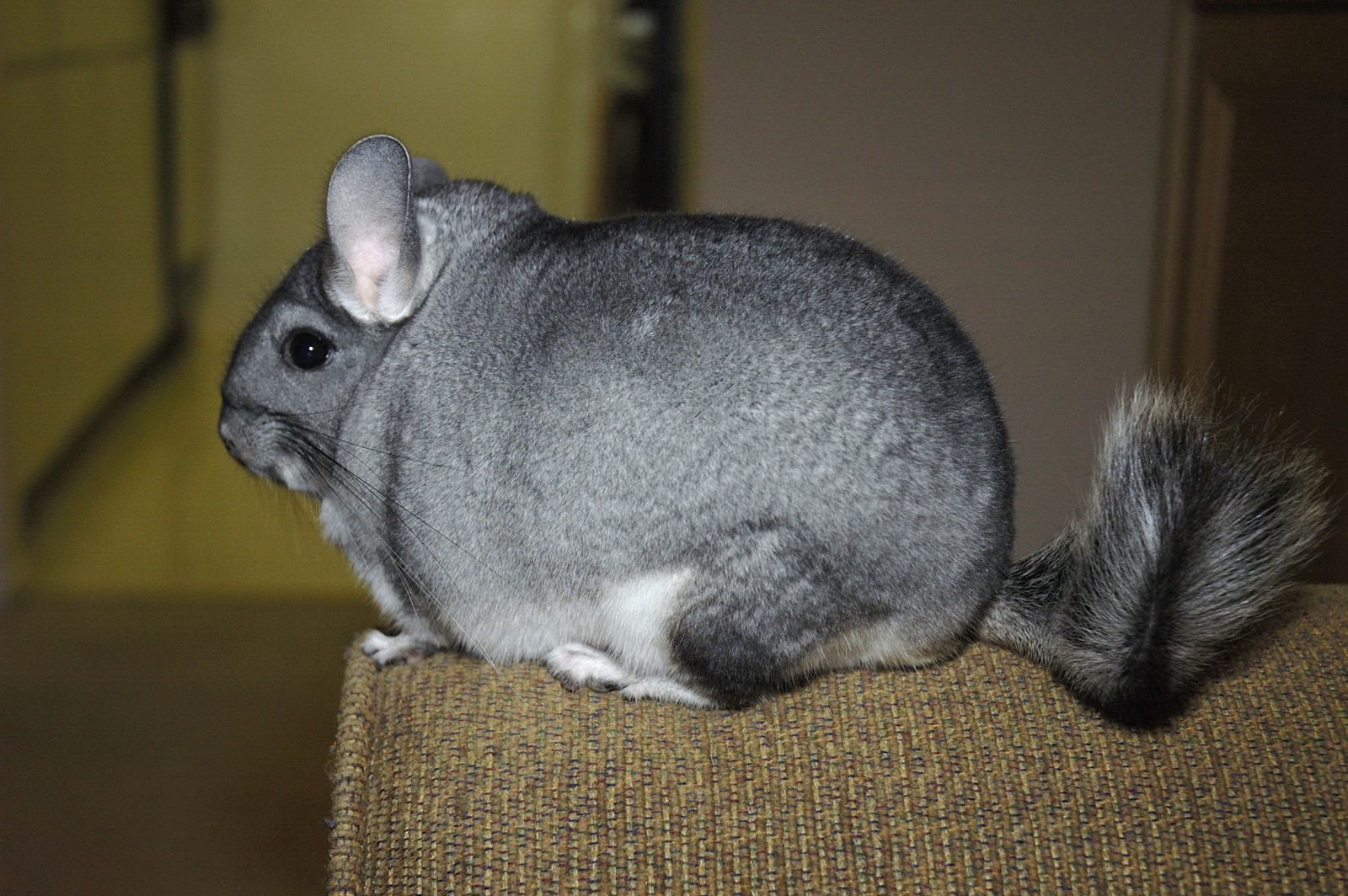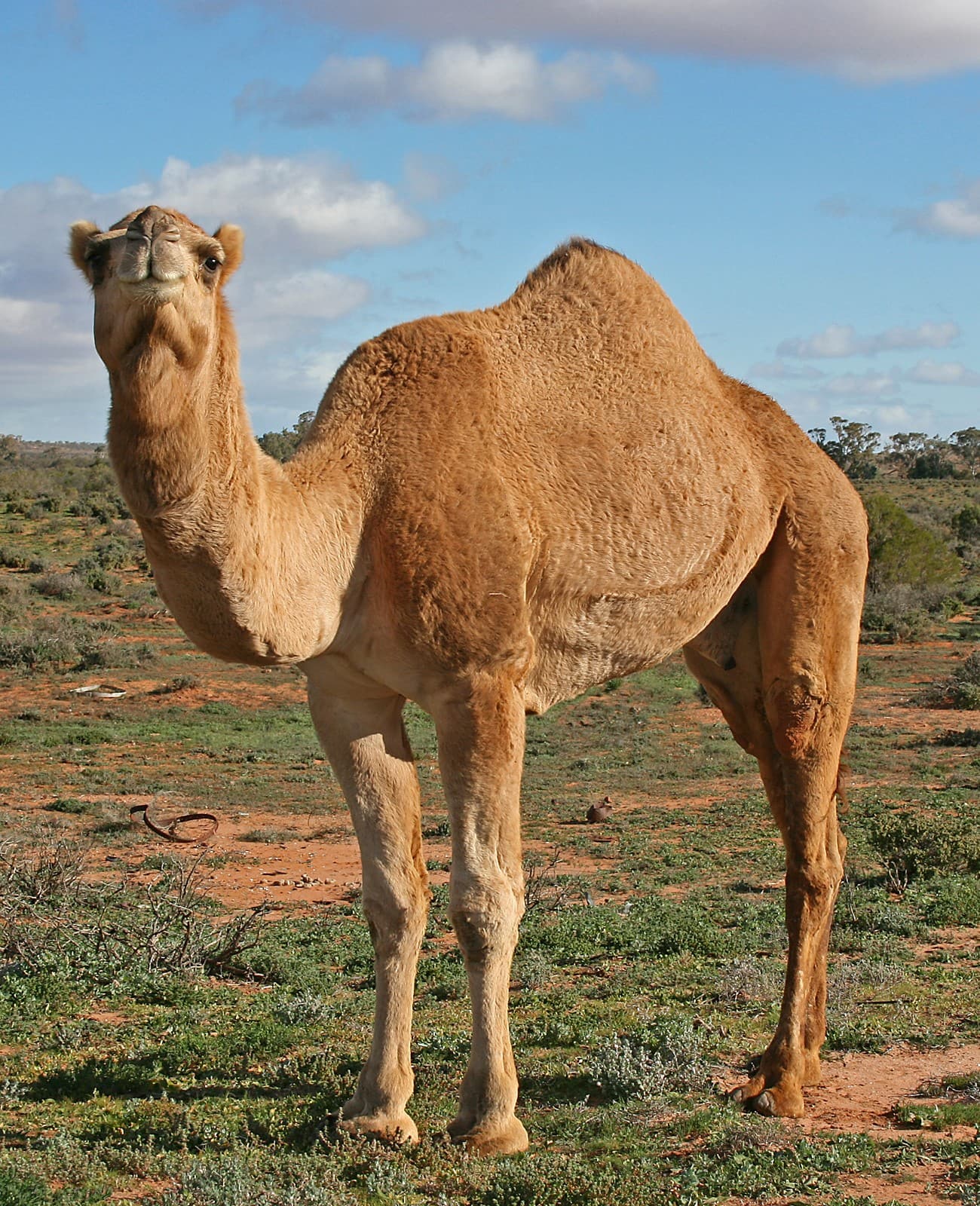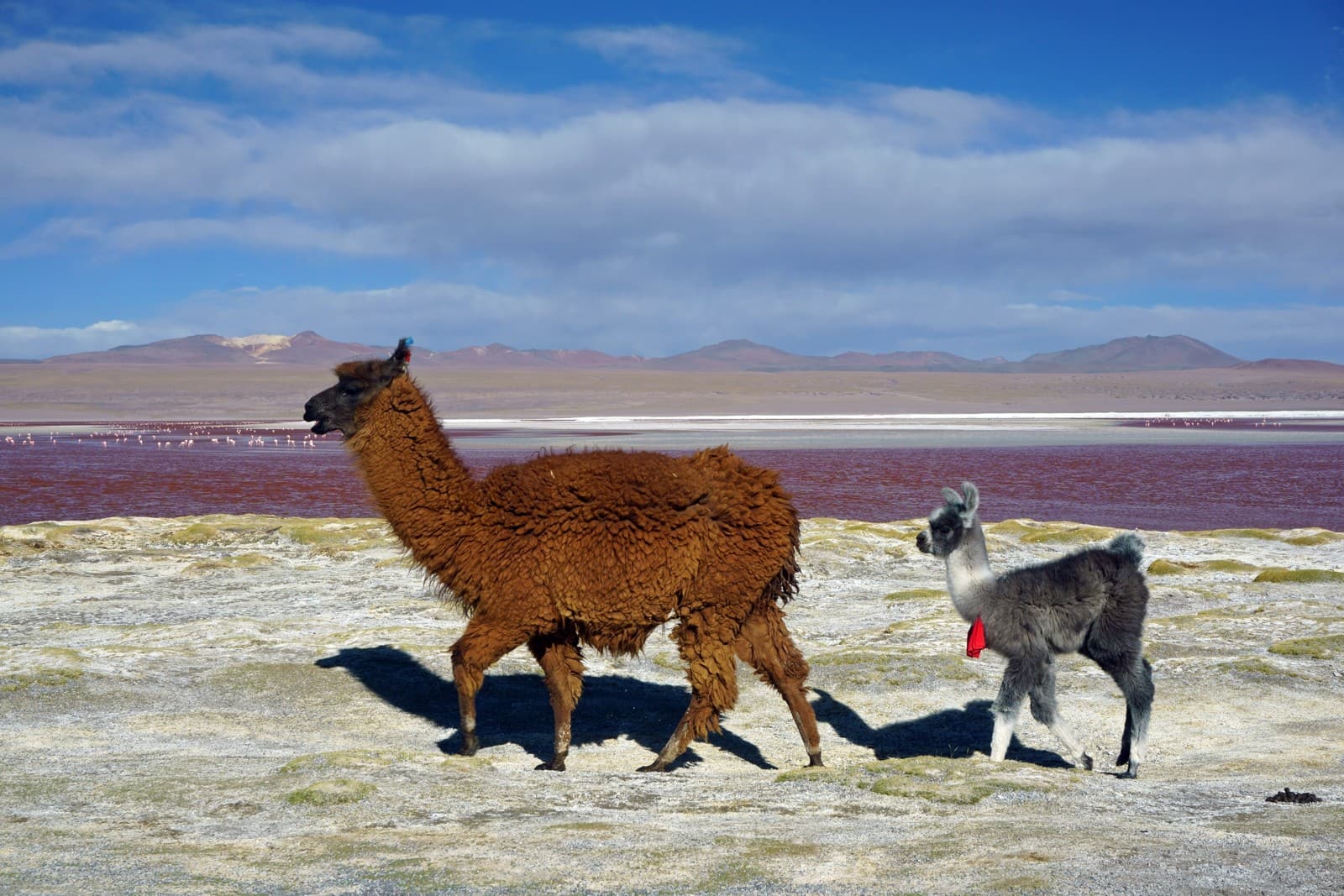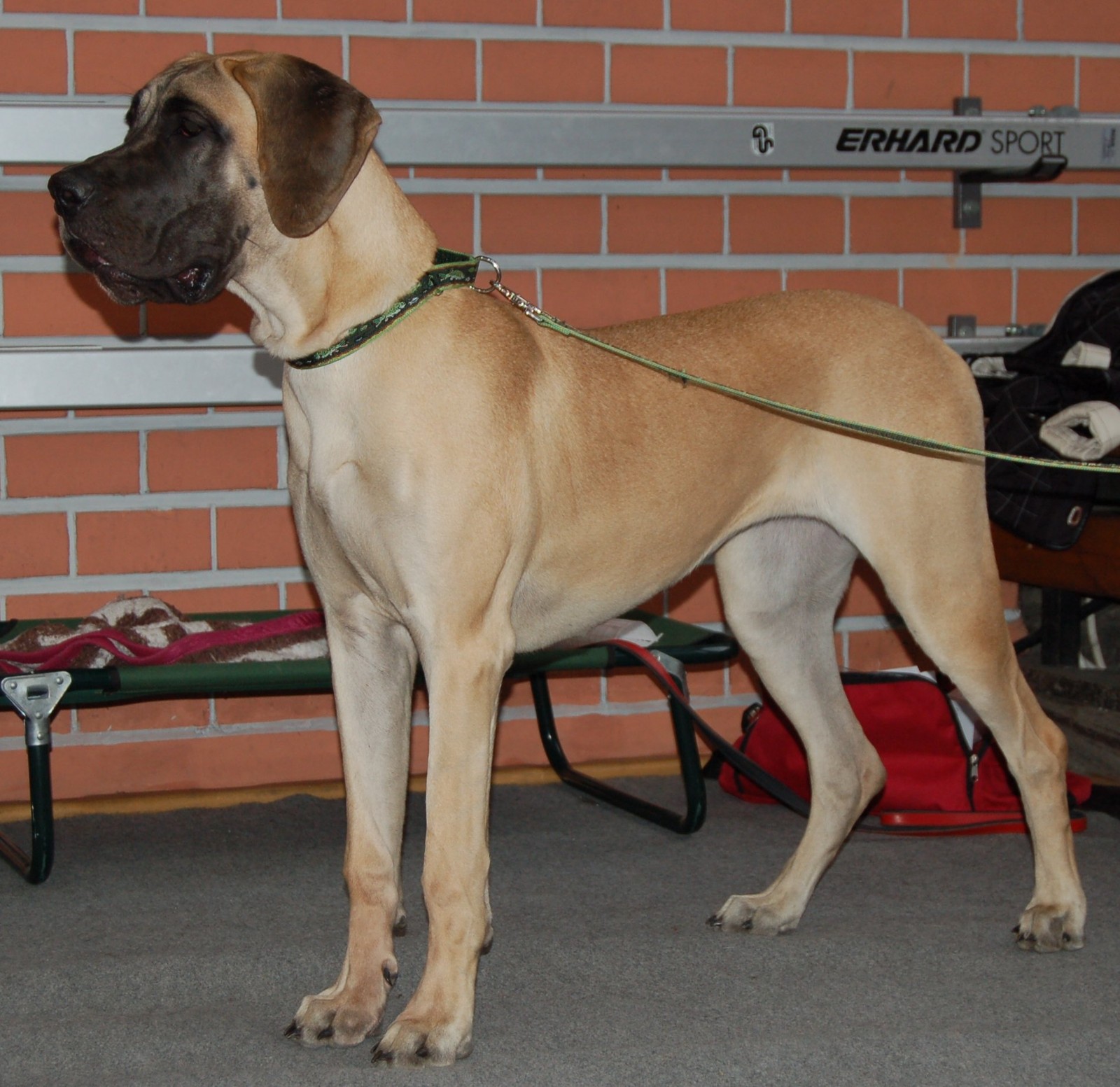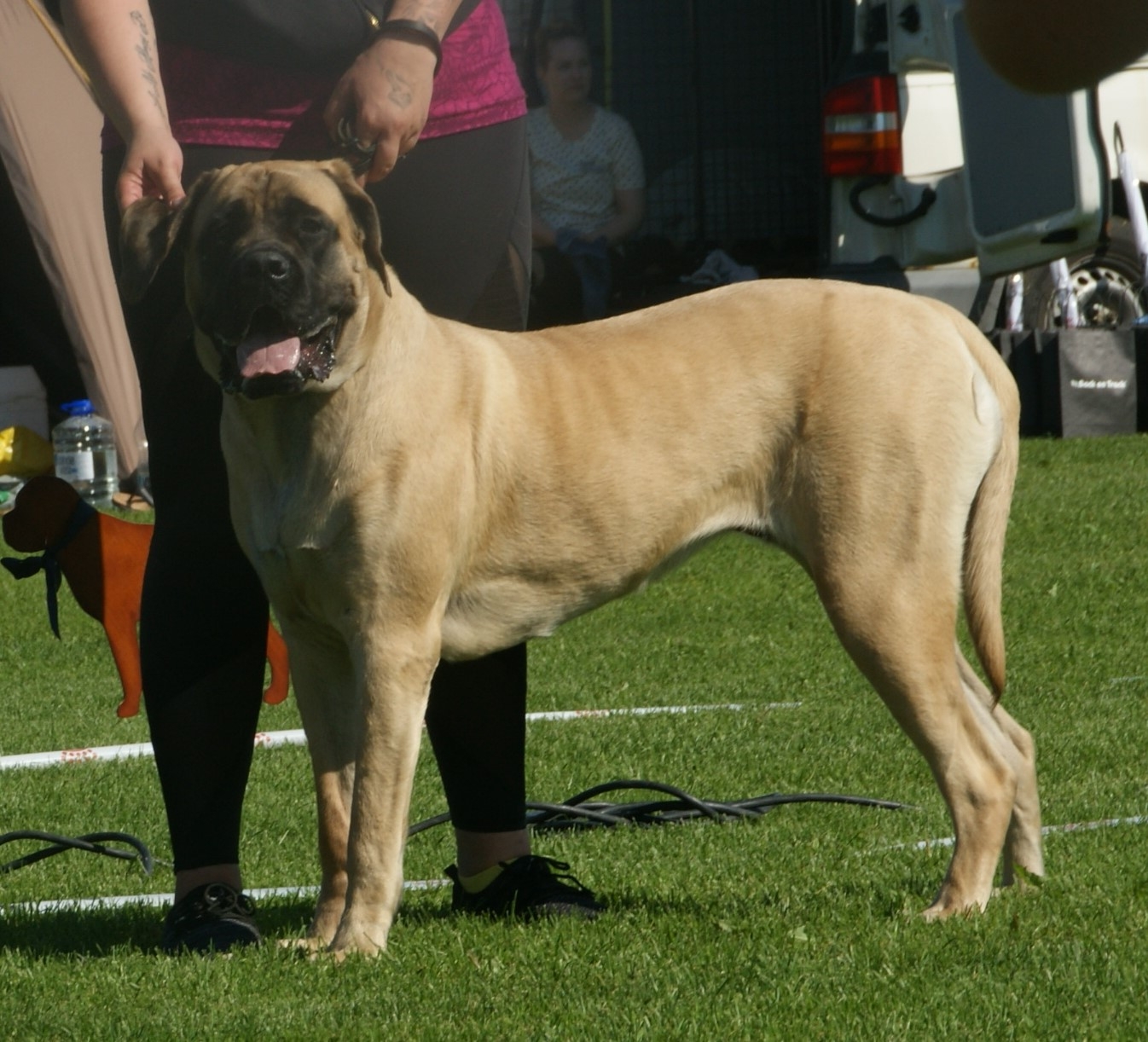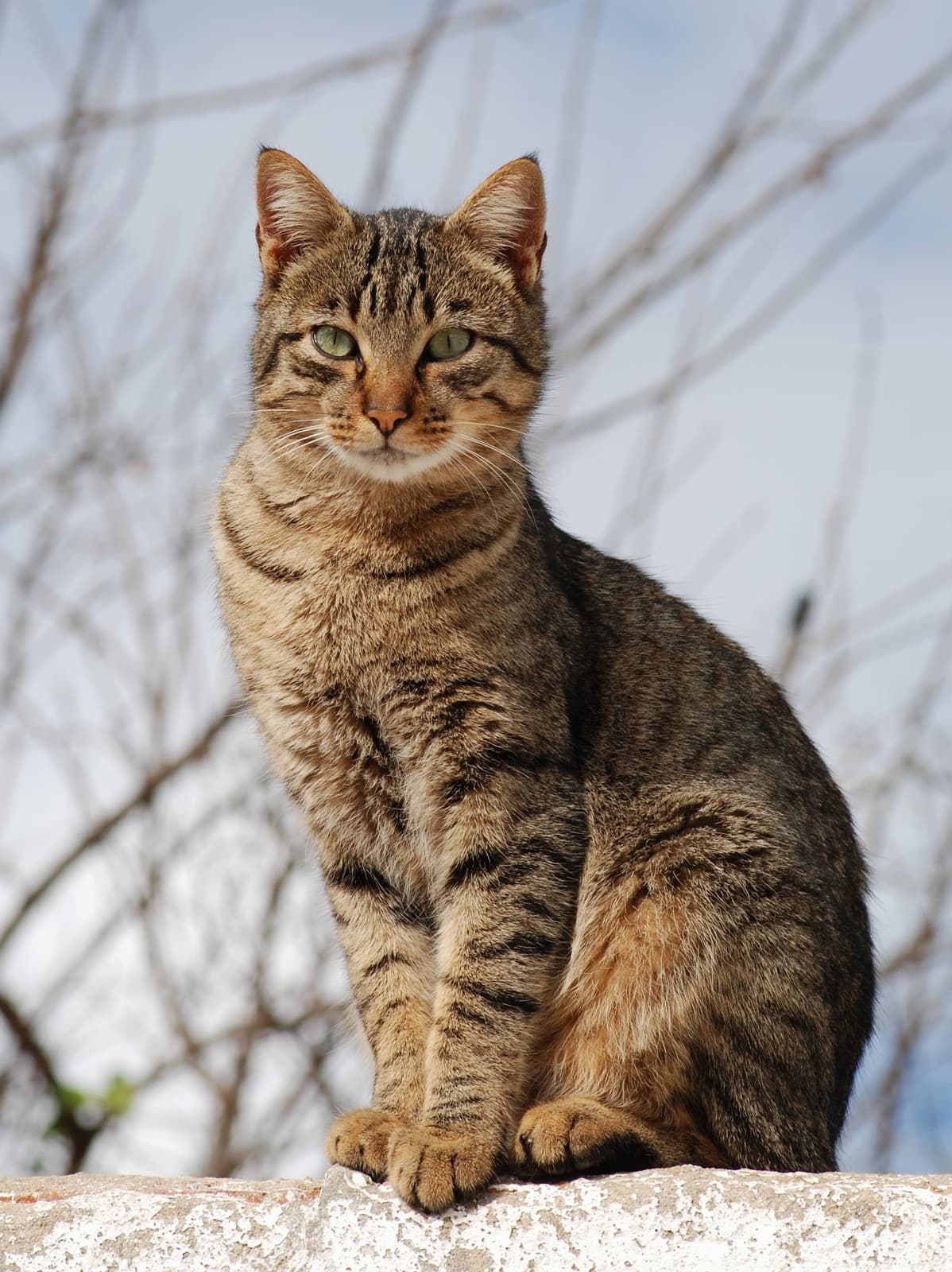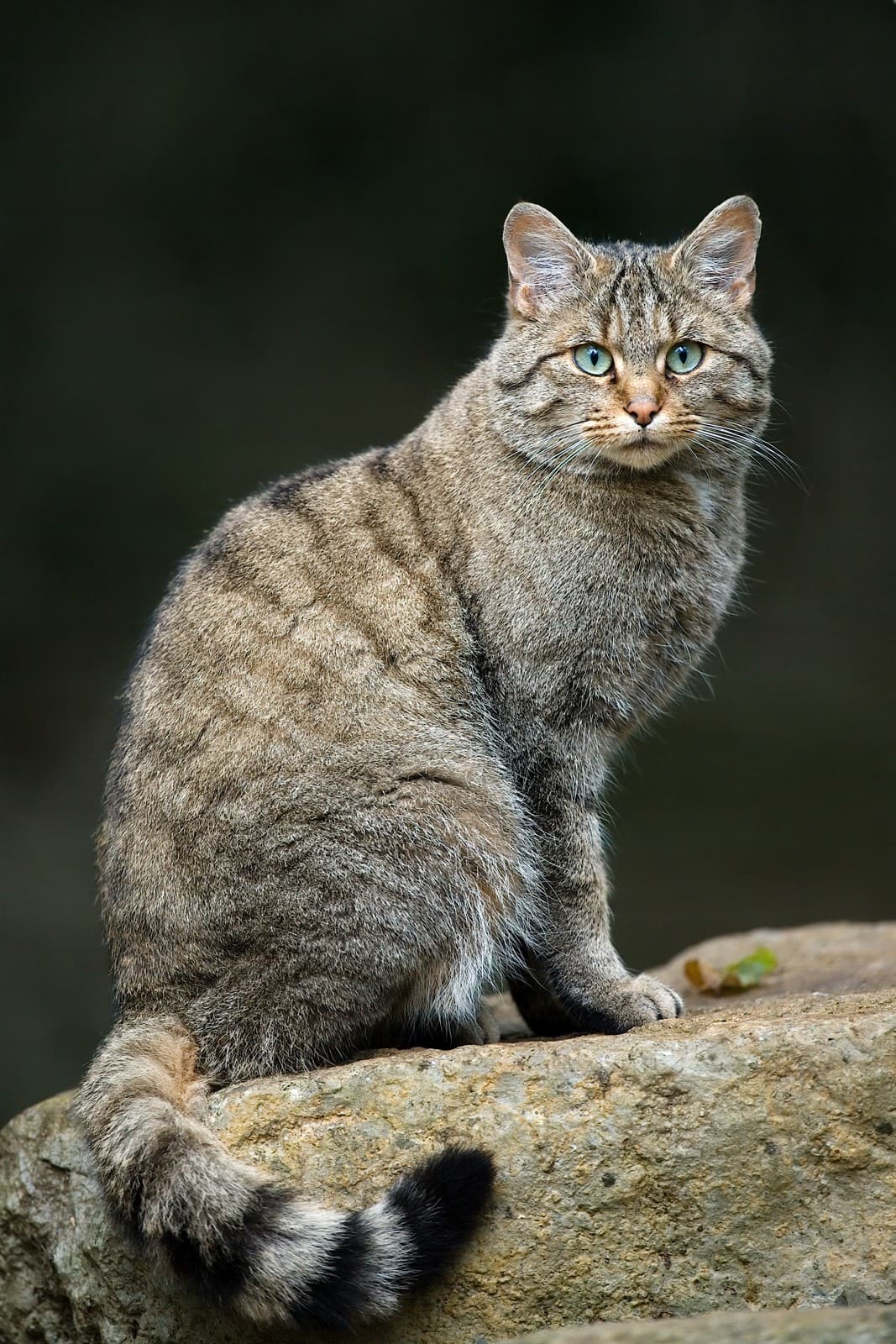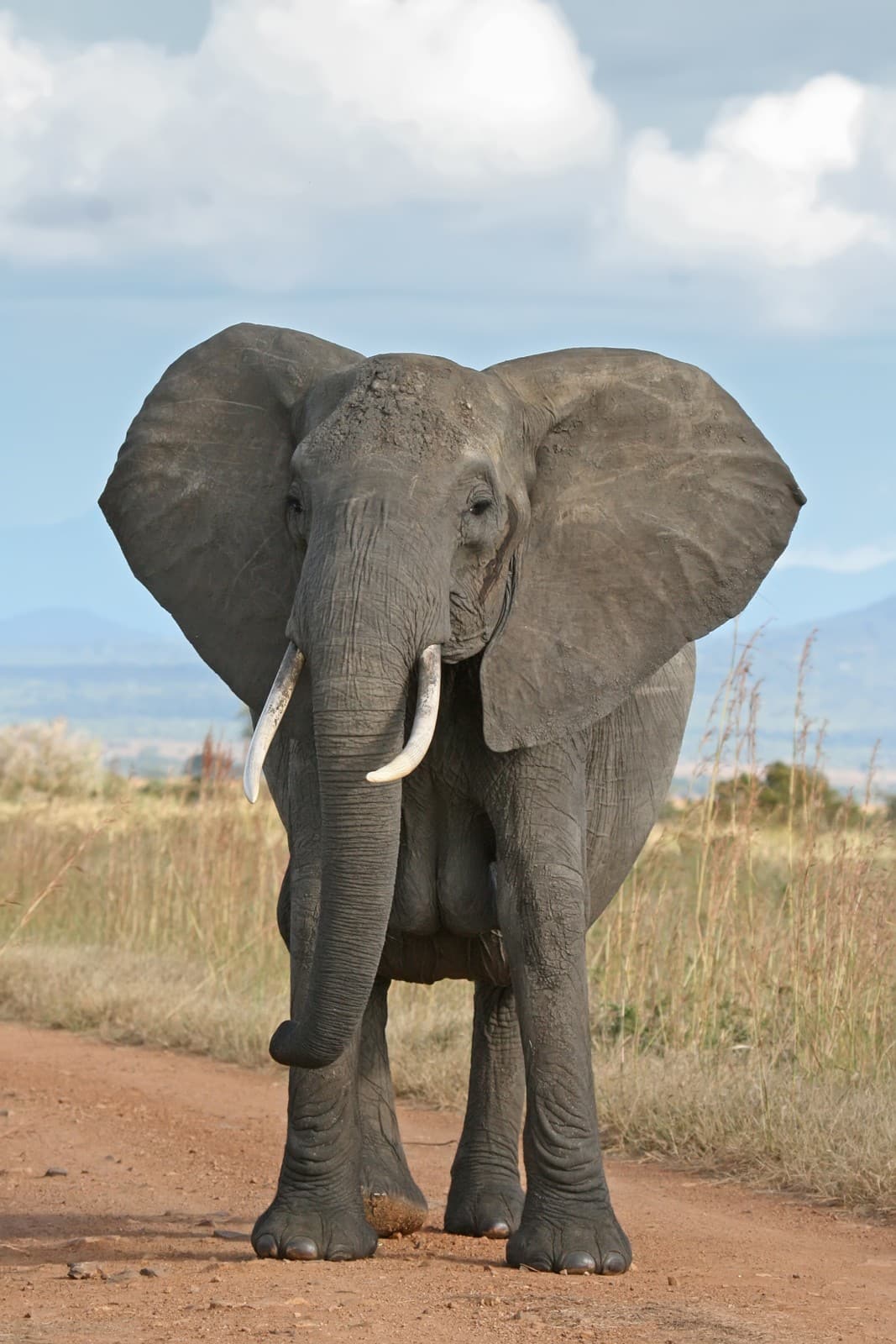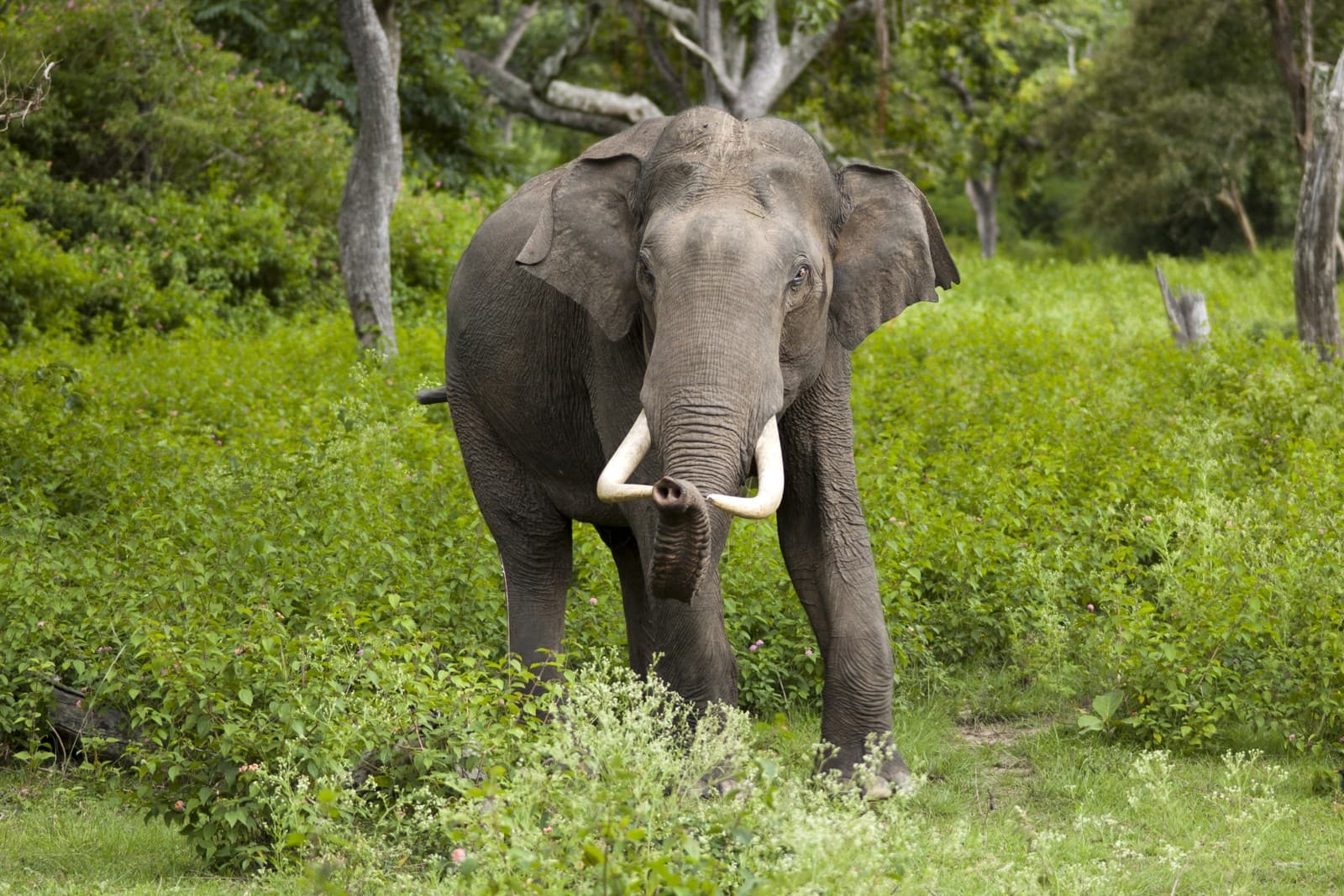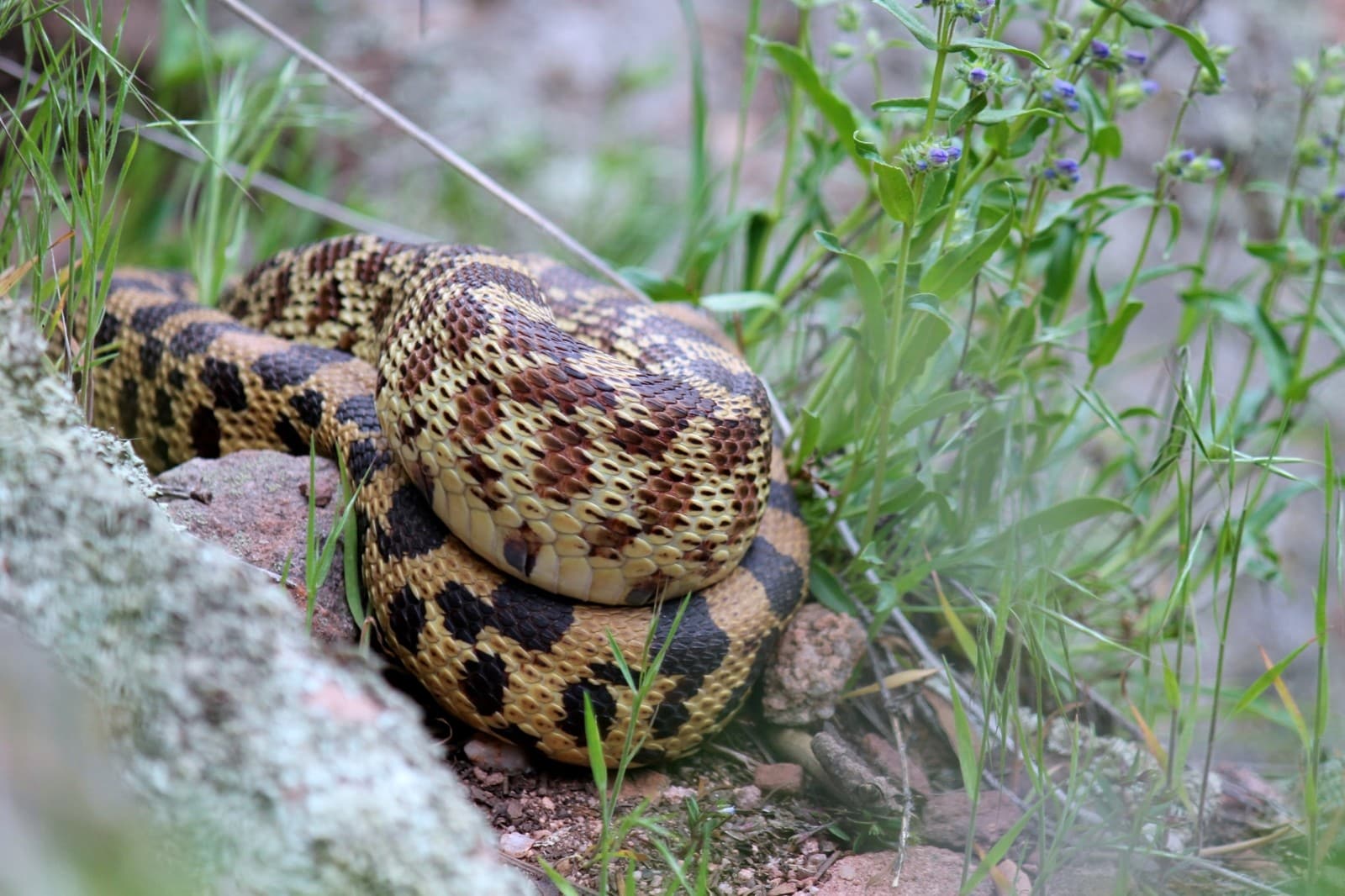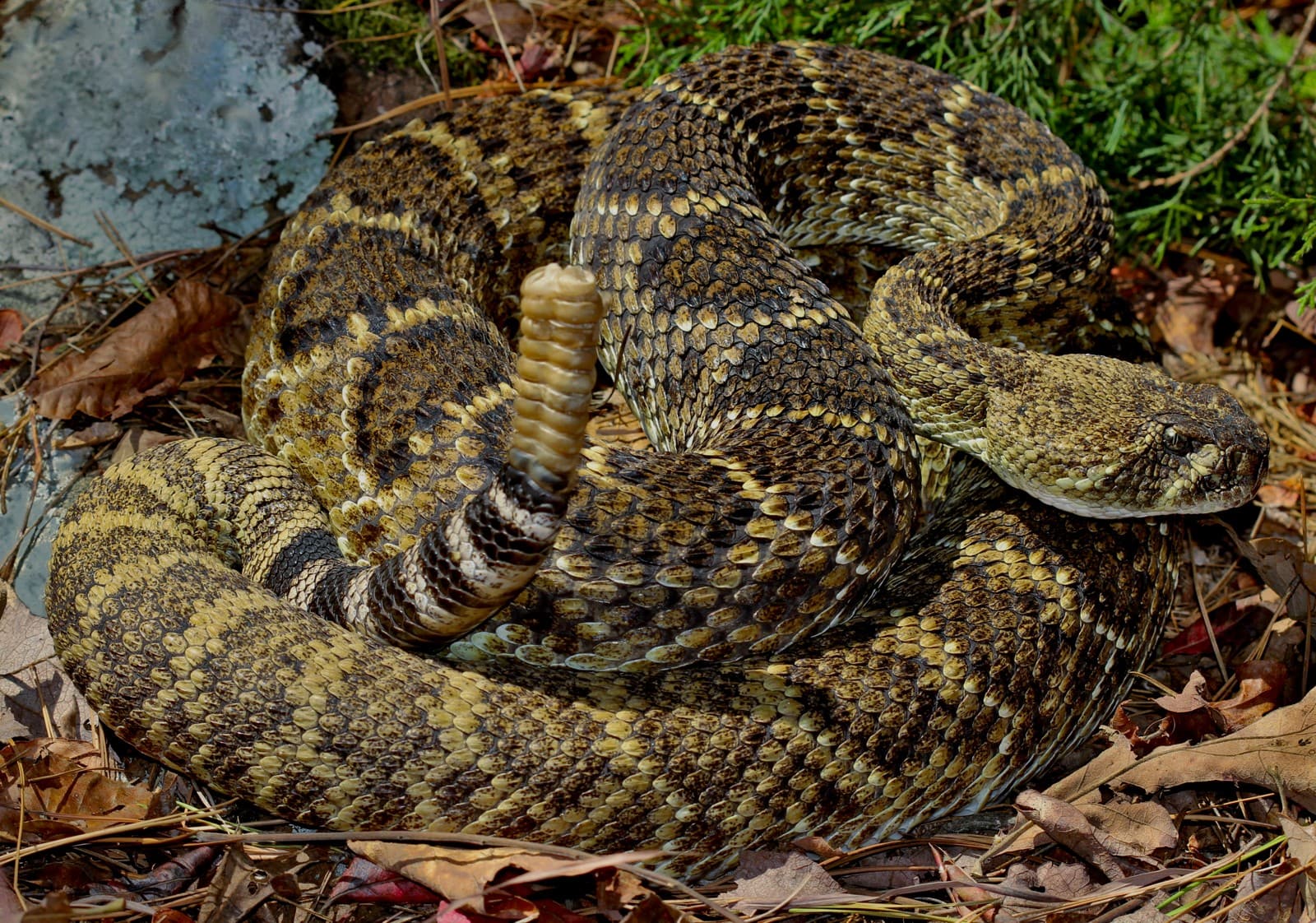Mink vs Sable: A Complete Comparison
When comparing mink vs sable, these two prized fur-bearing mammals showcase distinct adaptations that reflect their specialized habitats. While both belong to the mustelid family, minks are semi-aquatic predators weighing 1-3 pounds (0.5-1.4 kg), whereas sables are arboreal hunters typically weighing 2-4 pounds (0.9-1.8 kg).
The most significant difference lies in their habitat preferences and hunting behaviors. Minks are masterful swimmers that thrive along waterways, while sables excel at traversing through forest canopies, spending much of their time in trees hunting for prey.
Physical Appearance and Adaptations
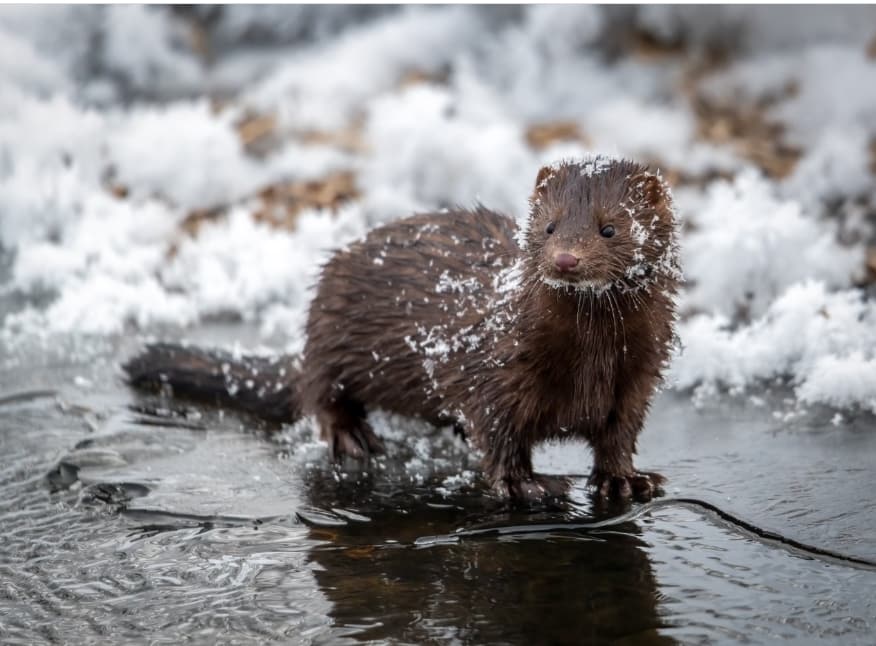
The American mink displays its characteristic water-resistant coat and streamlined body, perfectly adapted for its semi-aquatic lifestyle. Note the compact head and small ears that minimize heat loss during underwater pursuits.
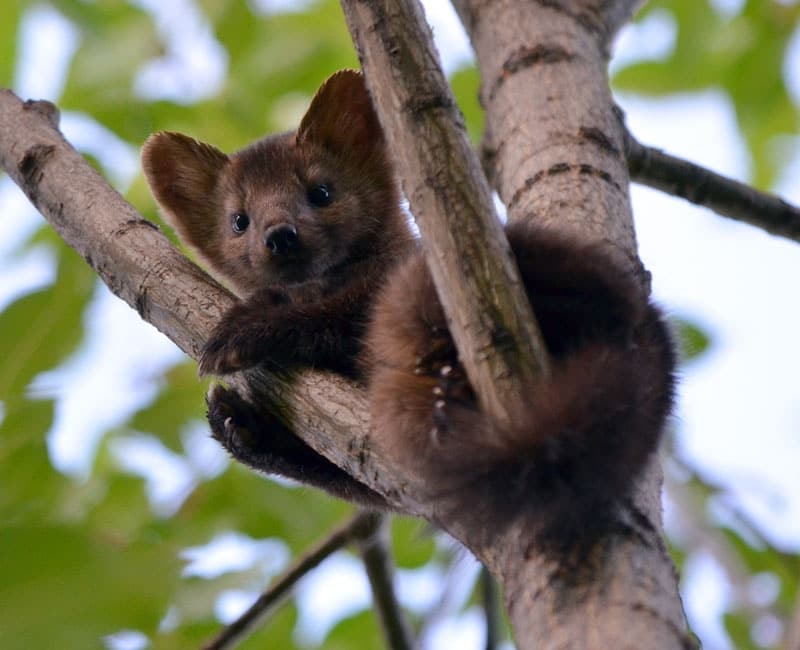
A Russian sable demonstrates its superior climbing abilities and luxurious fur that has made it historically valuable in the fur trade. Notice the larger ears and more pronounced facial features compared to the mink.
Key Differences: Mink vs Sable Comparison
| Feature | Mink | Sable |
|---|---|---|
| Habitat | Wetlands, rivers, coastal areas | Boreal forests, mountainous regions |
| Size | 13-18 inches (33-46 cm) | 13-20 inches (33-51 cm) |
| Weight | 1-3 lbs (0.5-1.4 kg) | 2-4 lbs (0.9-1.8 kg) |
| Fur Quality | Dense, water-resistant | Softer, silkier, more valuable |
| Hunting Style | Aquatic pursuit, shoreline hunting | Arboreal hunting, ground foraging |
| Distribution | North America, Europe | Northern Asia, Russia |
Habitat and Behavior
Minks are highly territorial mustelids that establish their domains along waterways, with territories spanning up to 2.5 miles (4 km) of shoreline. Their semi-aquatic nature allows them to pursue prey both in water and on land, making them exceptionally versatile predators.
Sables, conversely, inhabit the dense boreal forests of northern Asia, particularly in Russia. These agile climbers can leap up to 13 feet (4 meters) between tree branches, showcasing remarkable arboreal abilities that surpass those of minks.
Hunting and Diet
Mink Hunting Strategies
- Excellent swimmers capable of pursuing prey underwater
- Hunt fish, crayfish, and amphibians
- Can dive up to 16 feet (5 meters) deep
- Active hunters both day and night
Sable Hunting Patterns
- Primarily hunt in trees and on forest floor
- Target small mammals, birds, and insects
- Excellent climbers with rotating ankle joints
- Most active during twilight hours
Conservation Status and Human Impact
Both species have historically been targeted for their fur, but their populations face different challenges. Minks have successfully adapted to human presence, with some populations actually increasing due to fur farm escapes. Sables, however, experienced severe historical decline due to over-hunting, though conservation efforts have helped stabilize their numbers in recent decades.
Who Would Win in a Confrontation?
While both animals are skilled predators, a direct confrontation between a mink and sable would likely favor the sable due to its slightly larger size and more powerful build. However, such encounters would be extremely rare in nature due to their different habitat preferences and geographical distribution.
Fur Trade and Economic Impact
The fur trade has significantly impacted both species, but sable fur has historically commanded higher prices due to its superior softness and luster. A single high-quality sable pelt can fetch up to $10,000, while mink pelts typically sell for $50-200.
Conservation Efforts and Future Outlook
Current conservation strategies focus on:
- Habitat preservation for both species
- Regulated hunting quotas
- Population monitoring programs
- Protection of critical ecosystems
With proper management, both minks and sables can maintain stable populations while continuing to play vital roles in their respective ecosystems.
